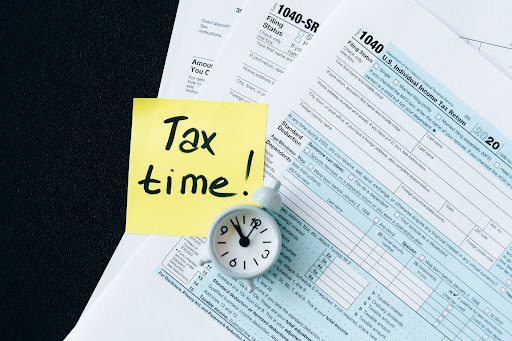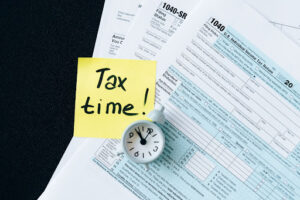Top 5 Mistakes You Need To Avoid While Tax Planning

With only a few working days left until the fiscal year 2020-21 ends, some taxpayers may be attempting to save money at the last minute. Finishing one’s tax planning exercise at the end of the fiscal year carries its own set of dangers. In a rush to save money on taxes, the risk of making a poor investment decision is significant. Remember that tax benefits should be considered a bonus, and you should not invest solely to save money on taxes. It’s possible to make easy and common tax-saving mistakes while selecting tax-saving investment options. Here are a few examples of faults to be aware of.
Not estimating the demand
If you want to stick with the old tax system, you have a few options for tax savings. However, before you choose a tax saver, make careful to check how much of your current commitments to them would be eligible for tax savings this fiscal year. Before considering how much you need to save now, consider the premiums for life insurance, health insurance, and your PF contributions. Make sure you’re not buying a new tax saver or investing more than is necessary.
Making a wrong decision
Making hasty tax-saving decisions could result in your money being locked up in a bad investment that isn’t aligned with your goals. For example, if you begin investing in Ulip with a five-year goal in mind, the outcomes may be disappointing. Similarly, if you want to build wealth over time and choose a 5-year tax-saving bank FD or NSC, you may not be able to reach your goal.
Not having the Goals linked
The majority of tax-saving investments, such as PPFs, Ulips, and life insurance, are long-term. If you’re going to invest in one of them, don’t make the mistake of doing so solely to save money on taxes. Link your tax-savings investments to a long-term objective and don’t stop short of achieving it. Link ELSS to your long-term aim, even if it has the shortest lock-in time of three years. After the lock-in period has expired, you may continue to invest in ELSS fund value.
Ignoring the risks
There are tax savers that can assist you not only reduce your tax liability but also give protection while you save money. Tax advantages are available on premiums paid for term and health insurance plans. Get a rough estimate of what you’ll need and then get term and health insurance for everyone in your family to cover life and health risks.
Keeping track of asset allocation
Even if you’re saving money on taxes, don’t go overboard and invest exclusively in one asset class. For near-term aims, a bank FD with tax benefits or an NSC may be appropriate, however for long-term goals, NPS (National Pension Scheme), Ulips (Unit Linked Insurance Plans), or ELSS (Equity Linked Savings Scheme) may be appropriate. Diversification among assets will aid in risk management in order to achieve the desired outcomes, such as the diversification of physical and virtual types like Real estate, buying precious metals, startup companies etc.
Before investing in any tax-saving measures, these factors should be considered. It’s vital to understand the tax implications of the revenue generated by such an investment. Examine the after-tax returns these investments provide, as well as other criteria such as risk, liquidity, volatility, lock-in duration, and so on, with alternative instruments that aren’t always tax-saving. Choose the tax-saving investments that are best suited to your needs from a variety of options.

Ready to Plan For Your Successful Launch?
For A Diagnostic Evaluation For Your Project Success.

